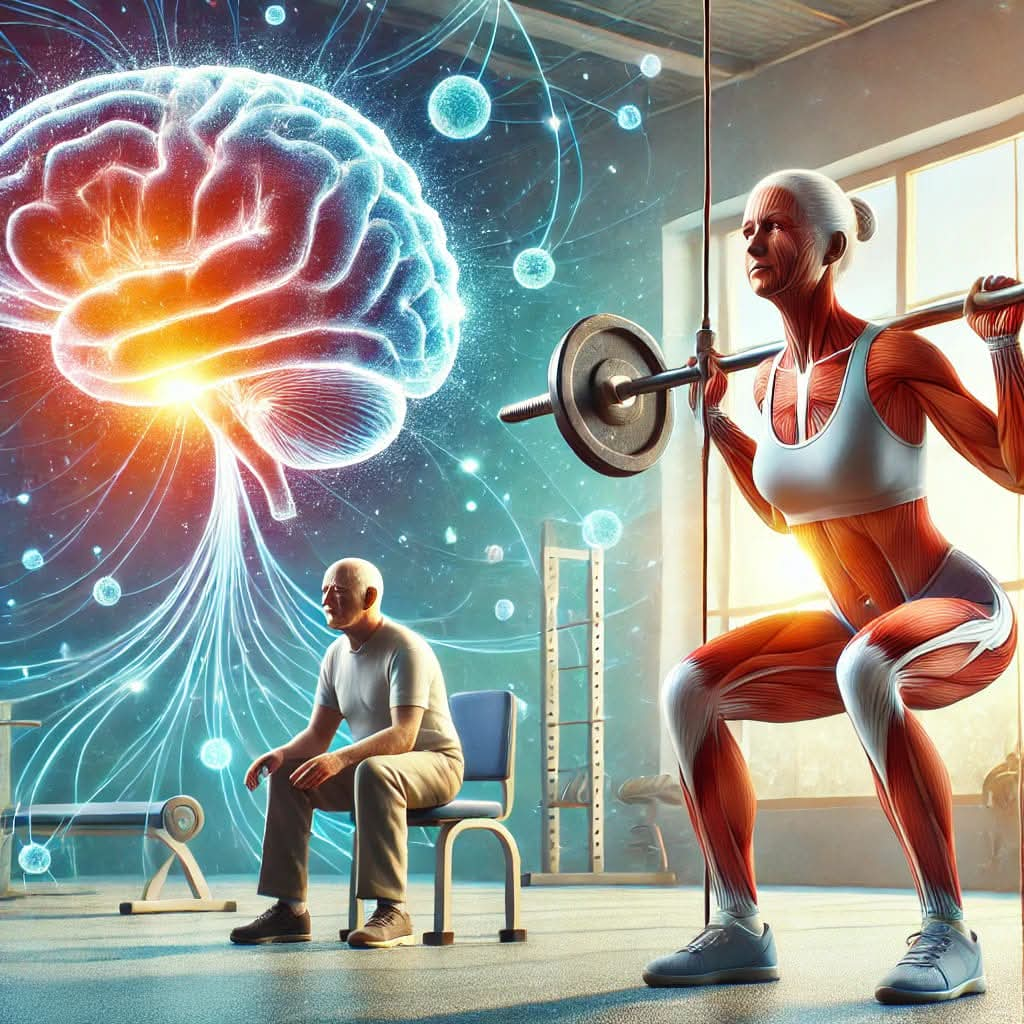.
As an athlete, it’s important to understand the sympathetic and parasympathetic nervous system. These two branches work together to regulate physiological functions, including heart rate, respiration, and digestion. Understanding the interaction between these two systems is crucial for improving athletic performance, avoiding injury, and managing stress.
What is the Sympathetic Nervous System?
The sympathetic nervous system is often called the “fight or flight” system. It is responsible for preparing the body for action, whether that’s fleeing from danger or engaging in physical activity. When activated, the sympathetic nervous system increases heart rate, constricts blood vessels, and boosts adrenaline production. This results in increased energy, focus, and endurance.
What is the Parasympathetic Nervous System?
The parasympathetic system, on the other hand, is responsible for the “rest and digest” functions of the body. It slows down heart rate, increases blood flow, and promotes relaxation and recovery. This system is essential for proper recovery after intense physical activity and helps the body to return to a state of balance.
The Impact of Cortisol on the Nervous System
Cortisol is a hormone produced by the adrenal gland that is released in response to stress. Elevated levels of cortisol can activate the sympathetic nervous system, increasing heart rate and stress levels. Prolonged exposure to elevated cortisol levels can result in physical and mental health problems, including decreased immune function and increased risk of heart disease.
Why is it Important to Pay Attention to Both Systems in Sports and Everyday Life?
In sports and everyday life, it’s important to balance the activation of the sympathetic and parasympathetic nervous system. Too much activation of the sympathetic system can lead to over-stimulation, increased heart rate, and elevated stress levels. As a result, there’s an increased risk of injury and reduced athletic performance. Prolonged exposure to elevated cortisol levels can result in physical and mental health problems.
If the parasympathetic nervous system is activated too much, it can result in fatigue, decreased energy, and reduced athletic performance. Striving for balance between these two systems is key to optimal athletic performance, recovery, and managing stress in everyday life.
For athletes and those facing stress in everyday life, it’s crucial to incorporate practices that activate the parasympathetic system. For example, deep breathing, yoga, and meditation can help. These practices help to reduce stress, promote relaxation, and encourage recovery, balancing the activation of the sympathetic and parasympathetic systems.
Conclusion
Understanding the interaction between the sympathetic and parasympathetic nervous system, as well as the impact of cortisol and stress, is essential. This is especially true for athletes and individuals looking to improve their performance, avoid injury, and manage stress.
Incorporating practices that promote a balanced activation of these two systems can help you to achieve optimal athletic performance and recovery, as well as improved physical and mental health.
Author: Alain Kaiser



